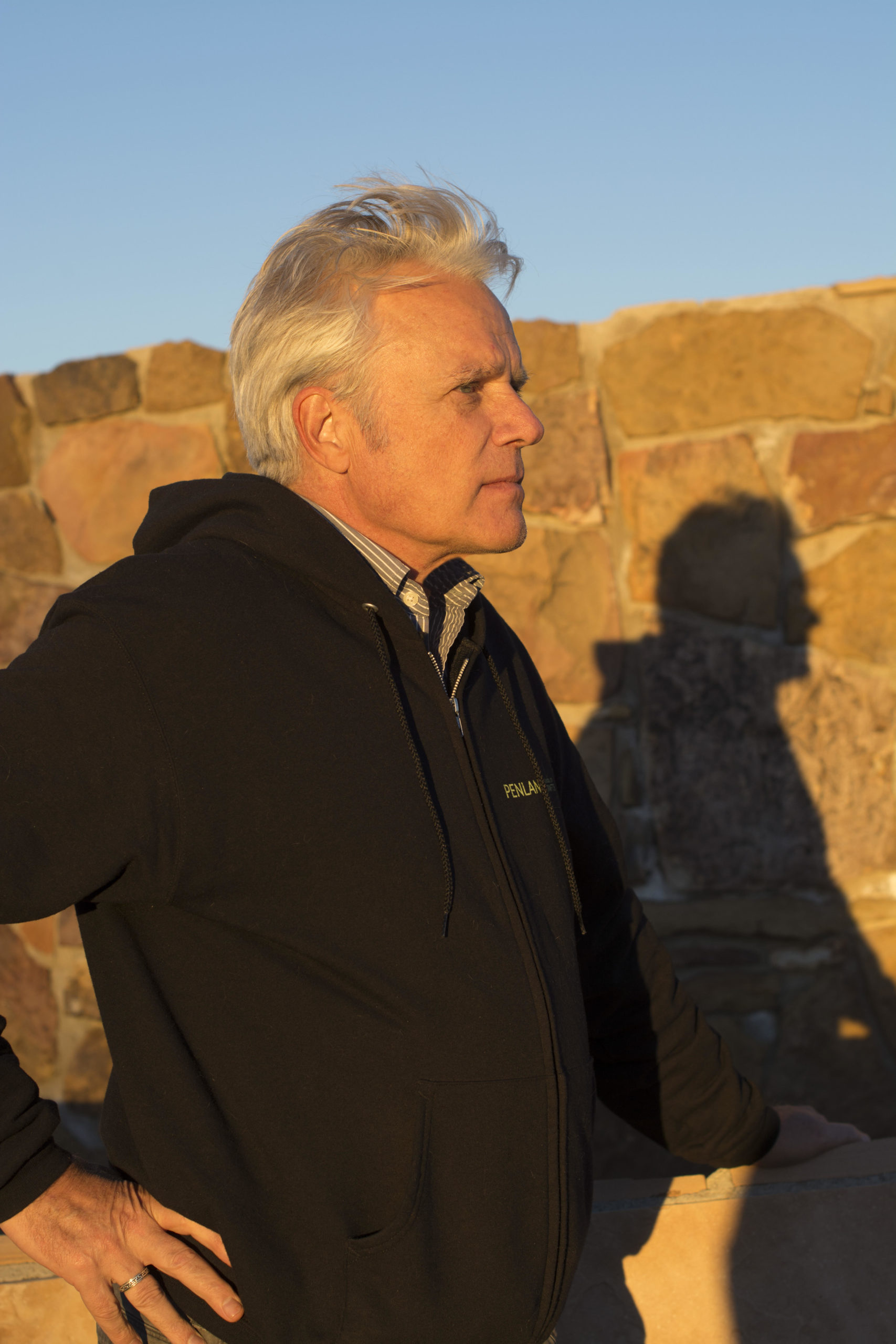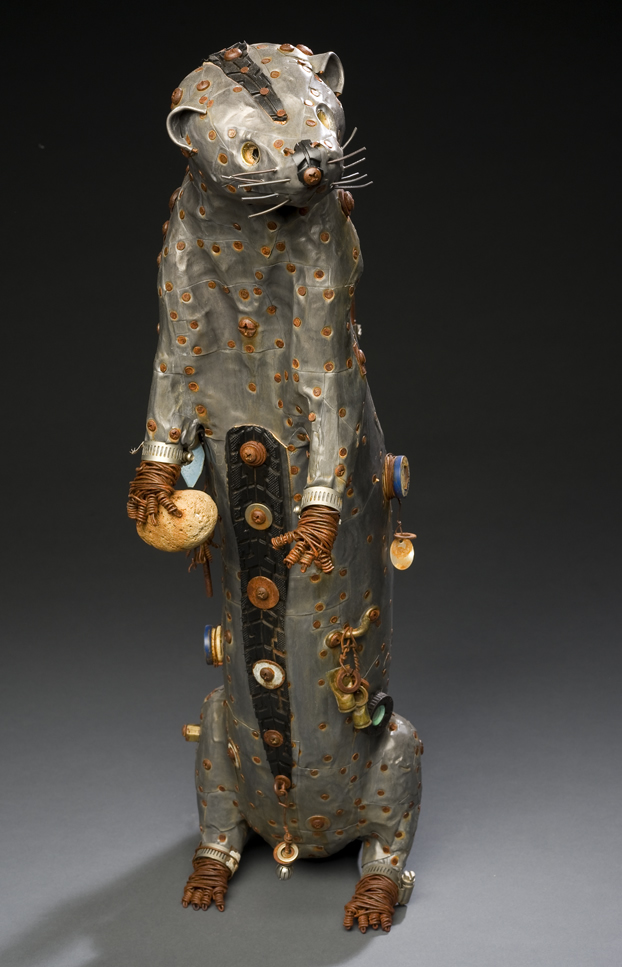To become a master at any skill, it takes the total effort of your heart, mind and soul working together in tandem.
Throughout his life, Geoffrey Gorman has been a master of the arts. He attended art school, traveled around the world as an art gallery dealer and, as he describes it, comes from a very sophisticated art world background. He was an art consultant for many years, teaching the business of art through lectures, seminars, online schooling and coaching. “I have been lucky – I have thought of myself as an artist my whole life,” he said. “I say ‘artist,’ but what I am talking about is that I have thought of myself as a ‘creative’ my whole life. My mother was an artist, and I grew up with a lot of creative types.”
Born in Paris, Gorman’s parents had many friends who were artists; however, he describes them as being “eccentric.” “I grew up in a free environment that allowed me to be whatever I wanted to be. I have always had this, I guess that is my point,” he said.

At the age of 50, when many people go through some sort of mid-life crisis, Gorman went to the Himalayas to celebrate his birthday. “It was profound. When I came back from that trip, I started creating this art. For some reason, I think that trip unleashed something in me and I started making these sculptures, which I never made in my life,” Gorman said.
As he further describes this transformative experience, it becomes clear that this particular journey awakened his creative soul as he continued his travels down a mystical road to self-discovery. “This just came out of me, and the first figure I made were these people who I met along the trail in India. Many were Sherpa, or priests, and a lot of those people were spiritually connected to the mountains,” Gorman said.
Practicing art since 2005, Gorman says that he has been an artist for 16 years, which is a long time, “but when you are 67 years old, it’s not that long of a time,” he said.
His work now is more intuitive than intellectual. “When I was a gallery dealer for 20 years, I grew to hate intellectual work that didn’t have any connections with the heart – it just had a connection with the mind. It’s a reaction to that whole kind of formal world – so what I am trying to do with my work is on a more intuitive level.
Gorman says that he has been very influenced by culture, but previous cultures, where art was not considered a commodity – where art was more connected to everyday life. “I want people to be able to pick up my work and have it accessible on many different levels.”
There is a primal quality to each of Gorman’s sculptures. He deconstructs found items only to construct them into an art form. He has a curiosity for the materials that he uses, and the subject matter is created by the events that take place in his life, many of which are serendipitous. “When I first started doing this work, I was curating a show for the artists at St. John’s College in Santa Fe, New Mexico. I had not done any artwork in literally 30 years, and I was asked to be a part of this show. I worked on a piece that was cast in bronze, and I realized the model was more interesting than the finished piece. That’s how I started this whole skeletal approach to creating the images that I do.”
It began with the shape, and expanded from there, one step at a time. The hunt for materials from which to create his sculptures began in his own backyard. Gorman says that he found sticks, rags, wire and canvas bike tires and began repurposing these found objects. “A broken bent tree branch, bleached from sun and rain, makes me think of weathered bones – fingers, legs, backbone, and hip bone,” he said. Old stained strips of cloth act like bandages and clothing, hiding and holding it all together. Sculpted wax covers the frame and joints of wood. Found and lost objects assembled into curious and evocative shapes is what excites him. His studio is filled with lost and found items. He builds his pieces based on the material that he sees in the moment. He says that he does not use any animal parts, wings, or bones because he views the use of animals and birds as sacrilegious – and by using those parts, it’s making a parody of the animal that he is trying to honor.

Rabbits in flight, toucans perched on a branch, a deer taking a cautious step, an owl ready for take-off, a wall of wings – these are just a few of the many sculptures that he creates from his imagination. “I don’t want you to know it’s a bike tire necessarily. I don’t want you to know it’s an old tin can. There are people who work in these mediums and it becomes more like pop art – you see it and you only see the image of what the object is. Let’s say the object is a gas can or an old bicycle seat – you only see that first. What I am trying to do is the reverse of that. I am trying to get you to see the image first and then later realize that this image was made from something that was a cast-off,” Gorman said.
Exploring the intersection between trash and treasure, Gorman says it’s all about the transformation – transforming one material into something else. “The premise of what I am doing is that I am taking discarded material that is being tossed out by society… I want people to let go of preconceived ideas of what something should be. I have started my own language and I am learning how to conjugate the verbs and I am learning the pronouns, the past, present and future. When developing this language, the longer I have been at it, the better I have become at speaking this language. Pretty soon, I will be able to write a textbook about it,” he said.
Gorman will be in Sedona, Arizona, in December to teach a workshop and judge an exhibit, “Souls of Forgotten Objects,” at the Sedona Arts Center. “That’s the whole thing about teaching – to me, reading a book isn’t about reading a book. Reading a book is expanding your mind and learning how to learn. Teaching a workshop is learning how to expand your vision as an artist. I learn as much from my students as they learn from me. The best resource an artist has is another artist,” he said. “I feel very lucky and very fortunate that I have been able to do anything that I have wanted to do that has involved creativity. I loved being a gallery dealer. I loved being a curator; I love being around creative people.”
For more info, visit
www.sedonaartscenter.org or www.geoffreygorman.com.






